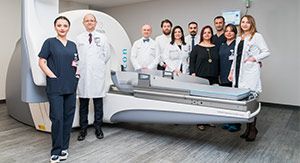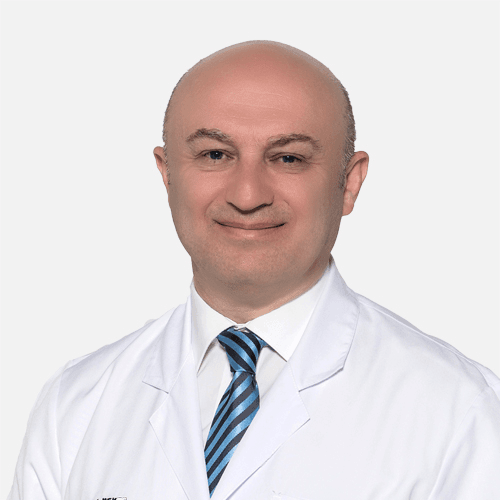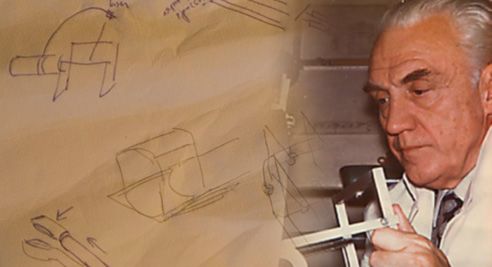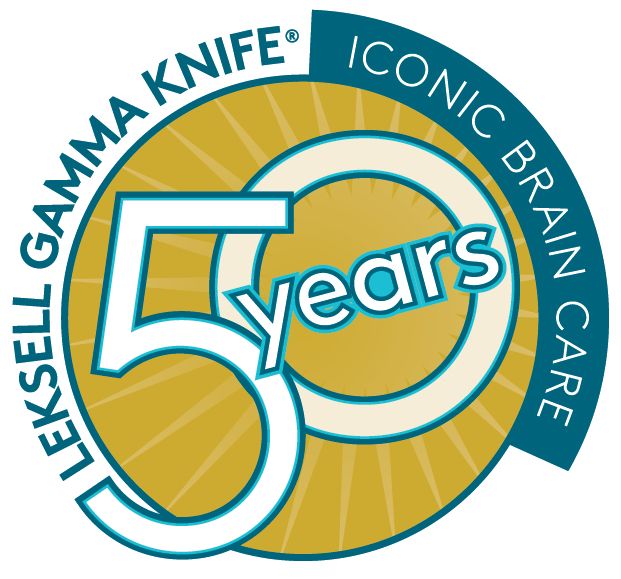Gamma Knife veteran helps secure Icon for hospital in Turkey

Under Dr. Selçuk Peker’s supervision, Koc University Hospital’s intracranial radiosurgery program thrives with Gamma Knife Icon

Elekta is honored to highlight our Leksell Gamma Knife_®__ clinicians during 2018,_ the 50th anniversary of clinical Gamma Knife radiosurgery_. With six generations and over a million patients treated,_ Gamma Knife_®__ has proven to be_ an enduring and continuously evolving innovation and maintains its position as the undisputed gold standard in intracranial radiosurgery. Visit elekta.com/gammaknife50.
In 1999, having completed a Gamma Knife® radiosurgery fellowship under North American Gamma Knife pioneer L. Dade Lunsford, MD at University of Pittsburgh Medical Center (UPMC), Selçuk Peker, MD set out to make his own mark in Gamma Knife radiosurgery in his home country of Turkey. In three Turkish medical centers over the last 19 years, Dr. Peker has personally presided over the Gamma Knife treatments of more than 9,300 patients. He also has the distinction of having operated five of the six Gamma Knife generations (U, C, B, Perfexion and Icon), an experience that made him appreciate how radically Gamma Knife technology has evolved while maintaining its bedrock stereotactic principles.
“I consider myself lucky to have used all but one of the Gamma Knife systems in my career and to have witnessed how the improvements and upgrades over the years have kept this modality absolutely clinically relevant and the gold standard for brain indications,” says Dr. Peker, Professor of Neurosurgery at Koc University Hospital and the sole neurosurgeon supervising the use of Leksell Gamma Knife Icon in collaboration with the center’s radiation oncology department.
Koc recruits a Gamma Knife veteran
Dr. Peker’s tenure at Istanbul’s Koc University Hospital began in early 2017. Prior to 2017, Koc University Hospital had no option for intracranial radiosurgery other than its Varian IX linear accelerator, according to Dr. Peker.
“For many years, Koc University Hospital wanted to have a dedicated Gamma Knife radiosurgery system, but if they were going to dedicate a budget to a Gamma Knife program, they wanted an experienced user for the machine,” he relates. “Koc found me at Acibadem Kozyatagi Hospital and once I accepted the position, left it up to me to decide which Gamma Knife model they should acquire. Of course, I said Icon, to which they agreed.”
The system was sited in the hospital’s radiation oncology department, occupying a free linac vault. On May 22, 2017, Dr. Peker presided over the treatment of the center’s first patient, a 52-year-old man with a vestibular schwannoma. The lesion’s location dictated that the therapy is carried out in the traditional manner, a frame-based single-session treatment.
Since then, Dr. Peker has used Icon to treat over 500 patients, 81 of whom had multi-session frameless treatments and nine single-session frameless treatments. Currently, Koc is using Icon to treat about 15 patients each week, with Dr. Peker and clinicians in the radiation oncology department jointly determining the suitability of Gamma Knife radiosurgery for the patient’s case via a weekly tumor board.
“For single-session radiosurgery I prefer to use the frame,” he explains. “However, if the patient has an issue with the skull, such as a craniotomy near where the G-frame fixation pins would go, then a frameless approach is indicated. In another case, a patient told me she had had silicone injections in her forehead for aesthetic reasons, making G-frame use impractical. Some patients did their own internet research and found that Icon had a frameless option and requested. If it’s not contraindicated then I can accommodate that request.”
The 81 frameless hypofractionated cases have been those in which the lesion, a meningioma or metastasis, for example, is too large to be treated in a single session or those in which the patient has a tumor that is too close to a sensitive structure, such as the optic nerve or chiasm.
“If I didn’t have Icon here then I would have sent these patients to the radiation oncology department for a linac treatment,” he says. “Now, I can keep those patients with me.”
Icon also obviates the need to use staged radiosurgery, a strategy Dr. Peker used with earlier model Gamma Knife systems for indications such as a large meningioma or AVM.
“The main problem with staging is that you irradiate only the middle portion of the lesion with a high dose, then you need to wait some months to finalize the treatment,” he explains. “It just draws out the therapy over too long a period of time. With Icon I don’t need to do staged treatments.”
CBCT workflow
For frameless treatments, the cone-beam CT (CBCT) workflow integrated in Icon enables Dr. Peker to check the patient’s position against planning images. After a thermoplastic mask is custom-fitted to the patient’s head, an initial CBCT is performed to obtain a reference image, which is then fused with an MRI image to permit Dr. Peker to develop a plan. The patient is then placed on the treatment couch with the mask.
“The imaging system works very well,” he says. “The patient’s position can be accurately reproduced in hypofractionated treatments.”
Dr. Peker adds that with CBCT, the frame-based Gamma Knife workflow is “much smoother” than in his past experience. Patients do not stay in a room with a frame on their head, which has improved the patient experience in comparison to the past.
Manageable patient motion
Patient motion during a frameless Icon session is addressed through a high-definition motion management system that monitors the patient’s head position via infrared tracking of markers. Users have the option of active or passive control of this system. With active control, a movement threshold is inputted and if the patient’s head motion exceeds that threshold the system automatically halts radiation delivery. Passive mode cedes control to the operator.
“I simply keep my eyes on the screen to see the magnitude of the motion trace,” Dr. Peker explains. “If I judge that there is a too-large movement of the nose I can stop the treatment. I prefer passive mode because I found that with a 1.5 mm threshold the treatment was stopping too frequently, which then required acquiring another CBCT and starting over. It’s just a matter of how much automation you desire – it’s nice to have that option.”

A new Gamma Knife leader in Turkey
While Koc University Hospital’s Gamma Knife volume was a respectable 15 patients per week in 2017 – more than most other Turkish Gamma Knife installations – Dr. Peker anticipates a “much higher” volume in 2018 due to increased referrals.
“The increase in referrals is attributable to increased medical tourism from neighboring Balkan countries like Ukraine, Moldova and Georgia and from Middle Eastern countries,” he notes. “Last year 15 percent of our patients came from abroad, but in 2018 I’m expecting that to climb to 25 percent of the patient volume.”
Referrals from Turkey and abroad aside, the most important factor has been keeping patients in Dr. Peker’s care for a highly targeted therapy instead of a conventional linac treatment. This is especially true for patients whose only option in the past was whole brain radiation therapy (WBRT).
“It is so gratifying that we have so many patients who did not have – and those in the future who will not have – WBRT,” Dr. Peker says. “Increasingly, radiation oncologists in Turkey are leaning toward focal therapies like Gamma Knife radiosurgery. That is always better for the patient.”





